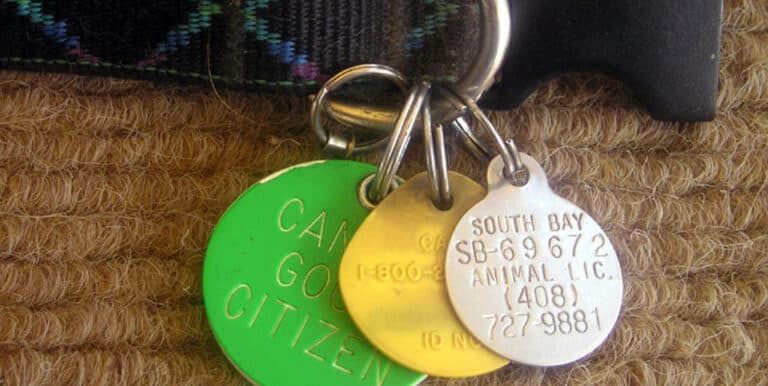Is a Dog Always Happy When Wagging Its Tail?

If you’ve ever wondered what signals a dog is sending when wagging its tail, this story is for you. Previous research has focused on how fast or slow a dog wags its tail, and the position of a wagging tail, and what all that apparently means.
In 2011, researchers and veterinarians at the University of Trieste in Italy added to the behavioral science of canines. By studying a group of 30 family pets, and how their tails moved when confronted with various stimuli, the researchers determined that, generally, when a dog wags its tail with a bias to the right side of its body, it’s feeling positive. A wag with a left bias, they said, indicates negative feelings. Not all tail wagging, it seems, means happiness.

The mysteries of tail wagging:
- To determine the bias of a dog’s wag, you need to view the dog from the rear, and see what the dog sees. Dogs apparently don’t just swing tails back and forth, there’s a more subtle left or right motion to be discerned.
- The gist of the research: Dogs wag with a right bias when they see their owners and other comforting images, but the sight of an aggressive, unfamiliar dog produces a wag with a bias to the left, denoting more insecurity.
- The researchers suggest that this left and right bias may mirror the human brain, where the left side is associated with positive feelings (love, safety, calm) and the right side deals more with reason and action.






